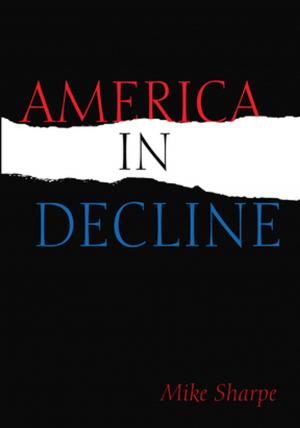Teaching Gender?
Sex Education and Sexual Stereotypes
Nonfiction, Reference & Language, Education & Teaching| Author: | Tricia Szirom | ISBN: | 9781351685795 |
| Publisher: | Taylor and Francis | Publication: | June 26, 2017 |
| Imprint: | Routledge | Language: | English |
| Author: | Tricia Szirom |
| ISBN: | 9781351685795 |
| Publisher: | Taylor and Francis |
| Publication: | June 26, 2017 |
| Imprint: | Routledge |
| Language: | English |
Originally published in 1988. This book provides a unique perspective on the creation of gender and the way in which sex education programs in schools contribute to this. Through a series of conversations with young people, a picture is developed of the way in which young women and young men view their own sexuality and that of the opposite sex. The book demonstrates that, in spite of the ‘sexual revolution’, young people’s sexuality is still expressed within traditional gender constraints. The research reveals that, in spite of its ‘radical’ reputation, current sex education policy is consistent with the rest of the school curriculum: in failing to address the links between gender stereotypes and the social construction of sexuality, sex education implicitly and explicitly reinforces traditional attitudes to women’s sexuality.
The book provides a conceptual framework for the discussion of the construction of gender and the place of theories of sexuality within this: examples of young people’s attitudes and practice; an historical perspective for and current analysis of the provision of sex education; and, most important, practical strategies for change.
Originally published in 1988. This book provides a unique perspective on the creation of gender and the way in which sex education programs in schools contribute to this. Through a series of conversations with young people, a picture is developed of the way in which young women and young men view their own sexuality and that of the opposite sex. The book demonstrates that, in spite of the ‘sexual revolution’, young people’s sexuality is still expressed within traditional gender constraints. The research reveals that, in spite of its ‘radical’ reputation, current sex education policy is consistent with the rest of the school curriculum: in failing to address the links between gender stereotypes and the social construction of sexuality, sex education implicitly and explicitly reinforces traditional attitudes to women’s sexuality.
The book provides a conceptual framework for the discussion of the construction of gender and the place of theories of sexuality within this: examples of young people’s attitudes and practice; an historical perspective for and current analysis of the provision of sex education; and, most important, practical strategies for change.















